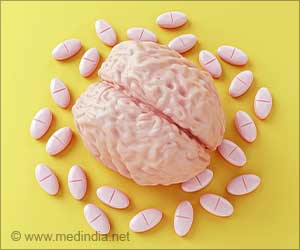Scientists at Singapore's Institute of Bioengineering and Nanotechnology (IBN) have created a unique user-friendly gel that liquefies when subjected to a moderate shear force, and
A unique user-friendly gel that liquefies when subjected to a moderate shear force has been created by scientists at Singapore's Institute of Bioengineering and Nanotechnology (IBN). The material also rapidly resolidifies into a gel within one minute upon removal of the force.
The researchers say that their gel has the potential to revolutionise three-dimensional (3D) cell culture for medical research, as cells can be easily added to the gel matrix without any chemical processes.They have revealed that their thixotropic gel, so named because the phenomenon of reverting between a gel and a liquid state is known as thixotropy, is synthesized from a nanocomposite of silica and polyethylene glycol (PEG) under room temperature, without special storage conditions.
"Cell culture is conventionally performed on a flat surface such as glass slides. It is an essential process in biological and medical research, and is widely used to process cells, synthesize biologics and develop treatments for a large variety of diseases," Nature magazine quoted Dr. Jackie Y. Ying, IBN Executive Director, as saying.
"Cell culture within a 3D matrix would better mimic the actual conditions in the body as compared to the conventional 2D cell culture on flat surfaces. 3D cell culture also promises the development of better cell assays for drug screening," the researcher added.
The researchers also say that being able to control the stiffness of the gel can facilitate the differentiation of stem cells into specific cell types.
"Ways to control stem cell differentiation are important as stem cells can be differentiated into various cell types. Our gel can provide a novel method of studying stem cell differentiation, as well as an effective new means of introducing biological signals to cells to investigate their effect in 3D cultures," said Shona Pek, IBN Research Officer.
Advertisement
A research article on the new invention has been published in the journal Nature Nanotechnology.
Advertisement
RAS/L









